Concrete repairs
We are approved and trained by some of the worlds leading manufacturers of concrete repair systems
Concrete buildings and components that keep the concrete stable, such as lintels are durable. However, even the strongest structures will deteriorate over time and need some repair. There are several reasons concrete can deteriorate, such as structural damage, corrosion and water infiltration.
Concrete repairs are generally needed when steel reinforcing bars corrode, causing expansion and blistering or collapse of the surrounding concrete. RTC use the specialist corrosion inhibitors and repair mortars to reinstate damaged concrete and provide improved resistance as well as a waterproof layer.
Concrete repair systems can be used to protect, waterproof and strengthen a wide range of concrete statures, including bridges, tunnels, car parks, parapets and balconies.
In some instances, treatment involves simply repairing cracks in concrete that are either causing leakage (in the case of swimming pools or holding tanks) or allowing water ingress, which may eventually lead to exposure and corrosion of the integral reinforcing elements.
Often, early diagnosis and treatment may prevent much more serious and extensive (and, therefore, expensive), works in the future.
Concrete repair and maintenance
The first step to repairing the concrete damage is to carry out a full inspection of the building and assess the condition of the concrete as well as determining if there are any defects present in the concrete. This can be deduced by using a hammer to tap the surface. Sub-surface deterioration will give a lower-pitched ‘hollow’ sound compared to a high-pitched sound given by a good quality concrete.
Once the inspection has been carried out, the repairs for damaged concrete can be implemented.
This involves cleaning the concrete surface so there is no loose material such as concrete flakes or any existing dust. In some cases, a chisel or sledgehammer may be used. The loose material will be removed from where the crack in the concrete is located. To rebuild the defective area, a suitable repair mortar can be inserted.
Once the concrete repairs have been completed, protection must be made around the surrounding areas to avoid further deterioration in the future. This can be from adding protection coats to limit the moisture penetrating through the concrete.
What causes cracks in concrete?
There are several key issues that can cause damage to concrete. The most well known causes of concrete damage are carbonation and chlorides. The faster the chlorides and carbon dioxide affect the concrete, the faster the layer surrounding the reinforced bars will be destroyed, starting the corrosion process.
Carbonation
Due to the porous nature of concrete, carbon dioxide in the air can penetrate it causing damage. The soluble alkalis and calcium hydroxide give concrete a PH of around 12.5 and when carbonation begins the calcium hydroxide reacts with the carbon dioxide, which in turn, lowers the pH of the concrete which can leave it at risk of deterioration.
Carbonation starts on the surface of the concrete, but, over time, it penetrates into the pores of the concrete causing deterioration, although, this doesn’t happen if the concrete is fully submerged in water. The carbonation process can have a detrimental effect on the protection that once existed for the steel bar within the concrete, making the material very susceptible to corrosion. Once the carbonation process begins, the protective environment which, once existed for the steel bar, is reduced, allowing it to be susceptible to corrosion in the event that there is any moisture present.
Chlorides
Natural aggregates, water and salt all cause chlorides to be released into the concrete and these can lead to the accelerated corrosion of the steel bars in areas where this occurs.
Freeze and thaw
During cold temperatures, water that enters into the porous areas of the concrete can freeze. This can cause it to expand and put additional outward pressure on the material.
Sulphate attack
Properties in the aggregates and cement can cause a chemical reaction, which can result in a breakdown of the concrete.
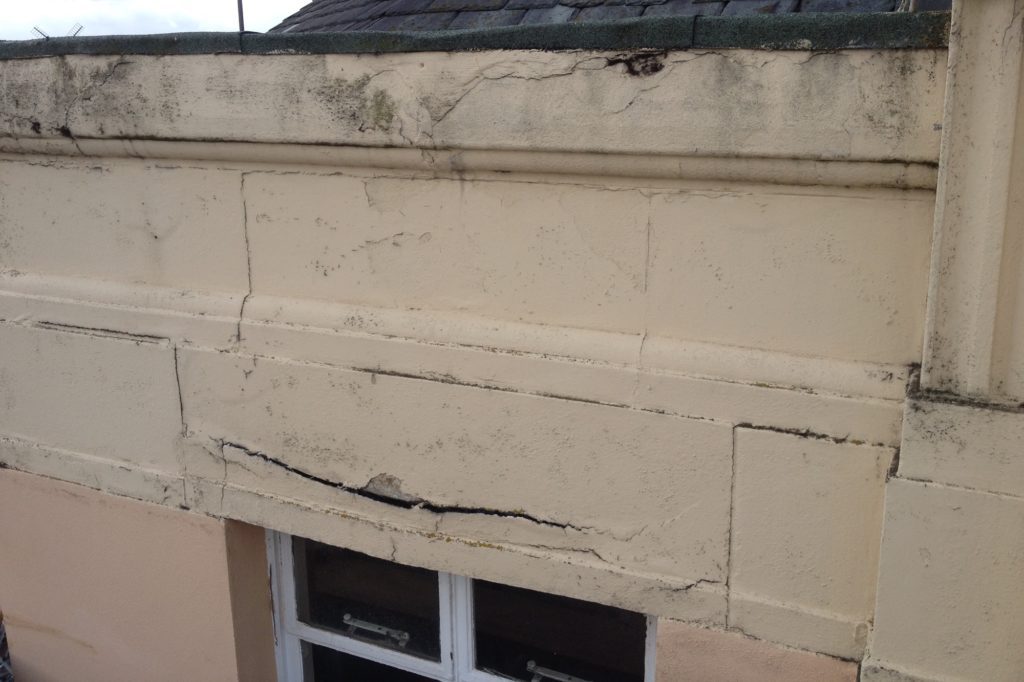
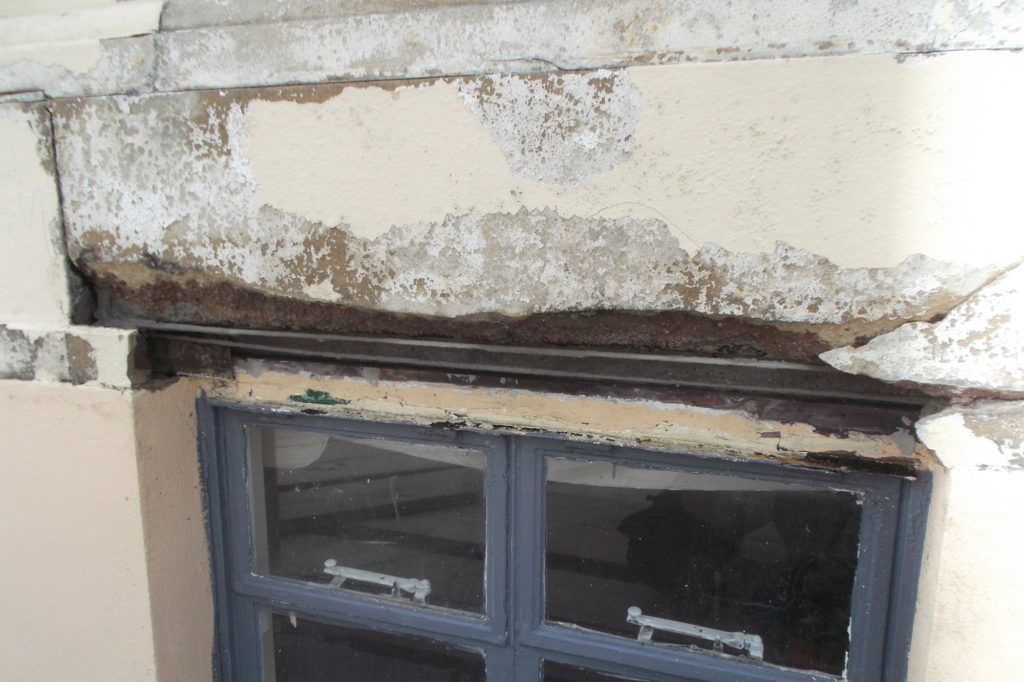
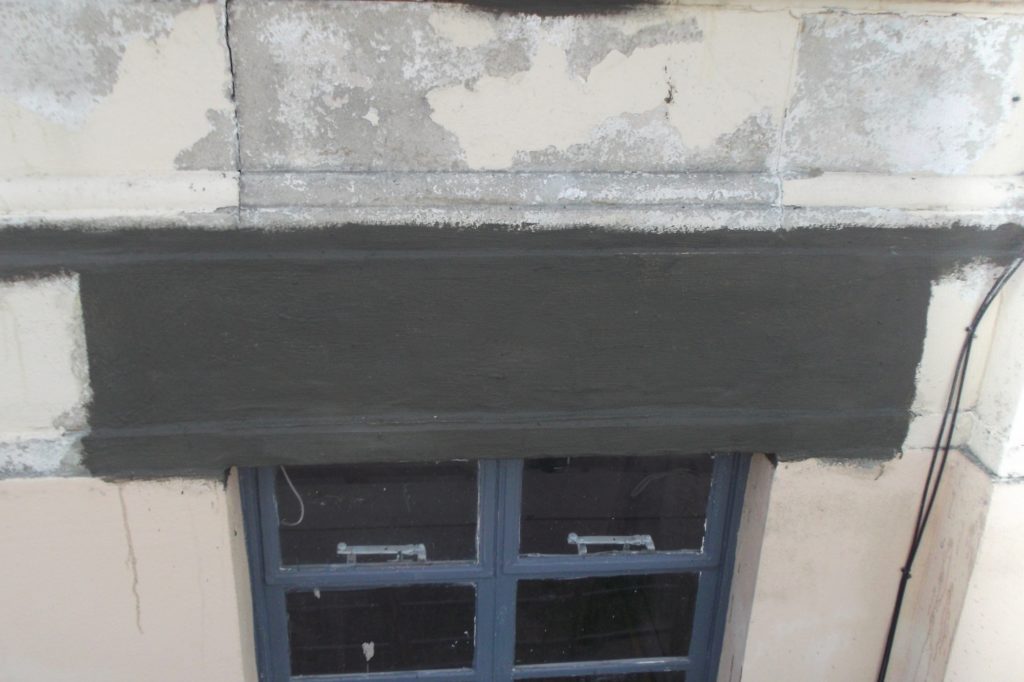
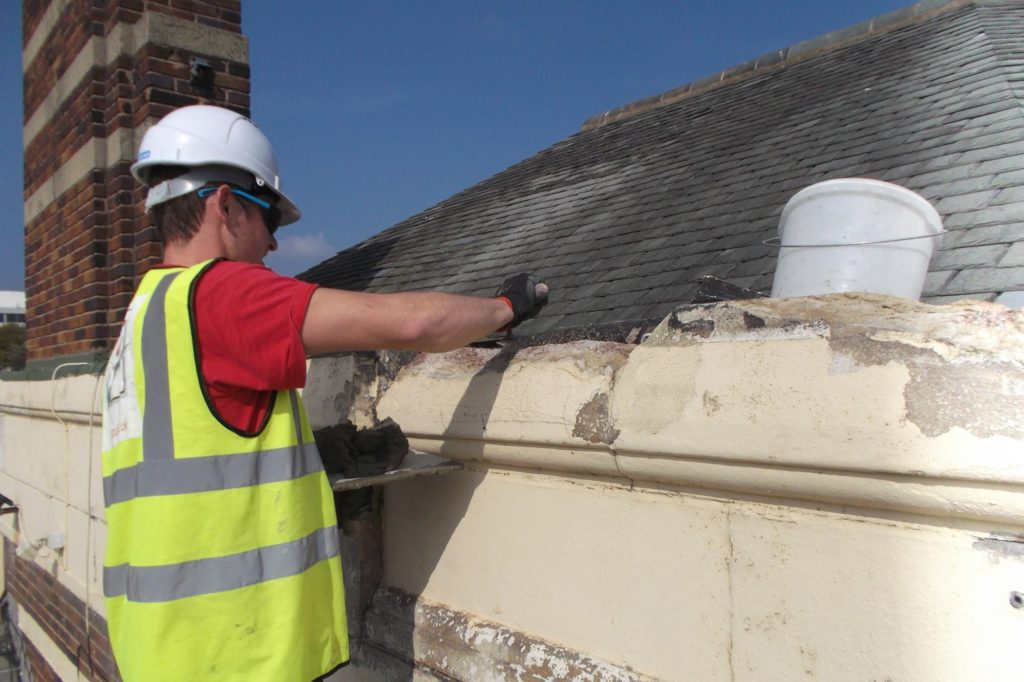
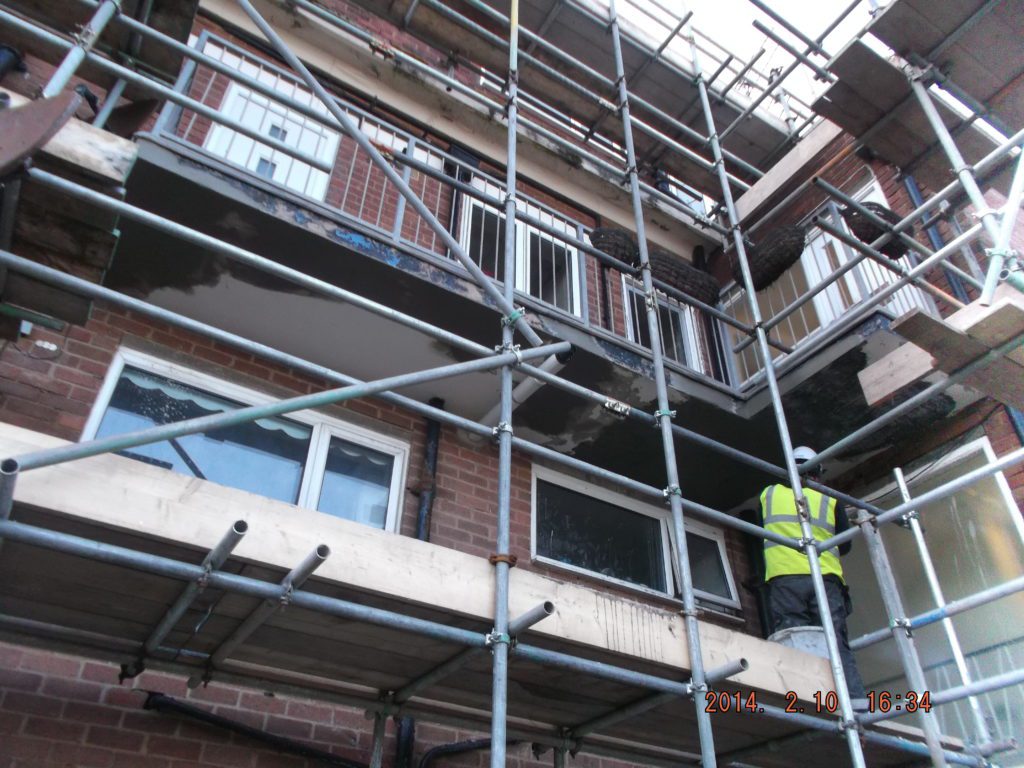
For any queries on concrete repairs, or to book a survey, please contact us.
Our staff will work closely with you from survey stage, right through to the successful completion of the contract.

